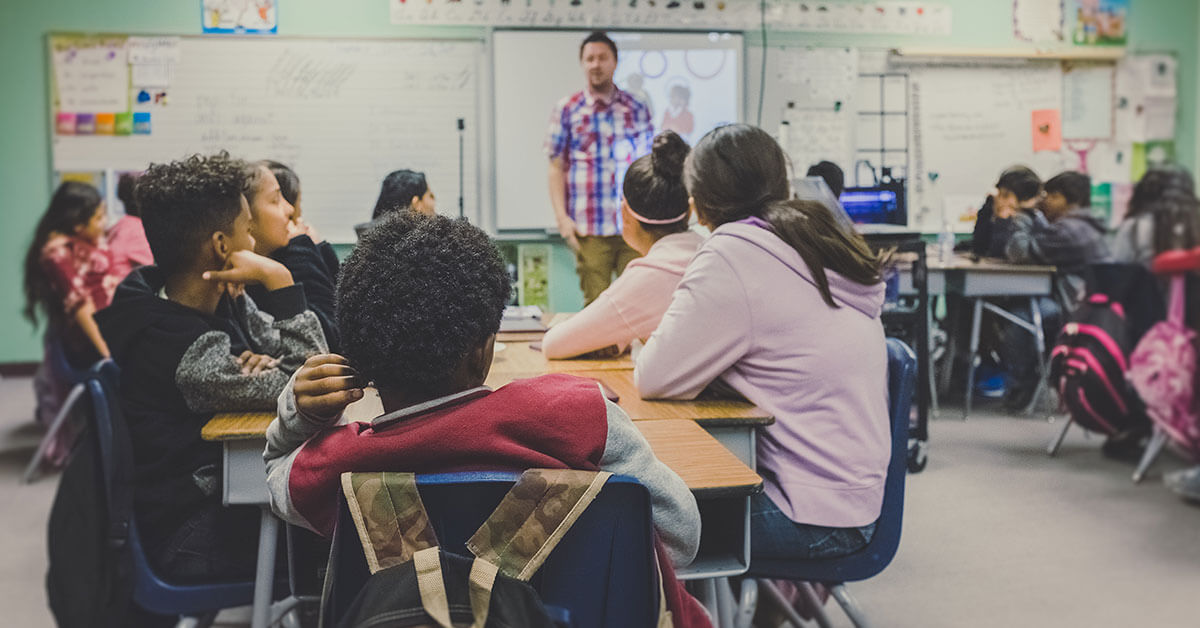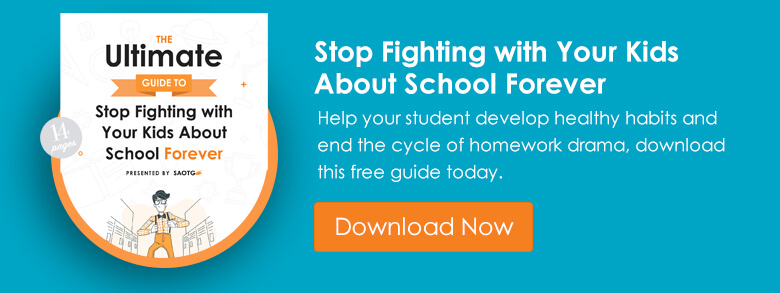Learning self-control is one of the most important parts of growing up, right? We’re always trying to teach our kids how important it is not to let their feelings get the best of them. A lot of the time, though, when we try to reinforce self-control, we’re actually missing an opportunity to teach something much more important: self-regulation.
While these may sound like two ways of saying the same thing, there are differences between them that matter. Self-control is all about inhibiting impulses and emotions; self-regulation focuses on reducing both the intensity and frequency of those impulses. In many ways, self-control is just a small part of self-regulation, which is much more valuable in the long run.
When we get emotional, the impulsive part of our brains (the limbic system) takes over, and the rational part (the prefrontal cortex) takes a back seat. When we calm down, the roles return to normal, and rational thought has a chance to prevail. This effect is greater in kids, as their prefrontal cortexes are still developing.
Often, when people think of self-control, they are trying to force the brain to ignore or drown out the negative emotions. The simplest way that we do this is by doing things like taking a deep breath or counting to ten. More advanced methods would include things like finding ways to distract ourselves or taking a moment to consider the consequences of what they are doing.
While all of these things sound good and may actually help at the moment to varying degrees, they are fundamentally flawed because they rely on the prefrontal cortex to make decisions that help it override the limbic system. The problem is that if a child is already upset, their brains have already allowed the limbic system to take control, so the rational part of the brain is at a significant disadvantage.
That’s where self-regulation comes in. Simply trying to force through emotions when they come up, while potentially helpful at the moment, is setting yourself up for failure. In order to self-regulate, we have to first identify the stresses that cause negative emotions and work to reduce or eliminate them. Helping kids self-regulate means teaching them to recognize the things that upset them and giving them the tools to cope with those stresses effectively.
Also, when we look at misbehavior through the lens of self-regulation rather than self-control, we are better positioned to recognize the difference between misbehavior and stressed behavior, an important distinction to make if we want to deal with them effectively.
Self-regulation is not only good for avoiding outbursts or tantrums. It’s an essential part of making sure that kids are able to function well in a learning environment. We’ve touched on the idea of executive functioning plenty of times before on this blog, but if we look at it through the lens of self-regulation, we can get a new angle on how to help it work properly.
The idea of self-regulation is not a new one. In recent years, educators have been looking at self-regulation skills as an indicator of academic success. Recently, studies have found that kids who did well on tests designed to examine their self-regulation skills also did well in reading, writing, vocabulary, and math.





